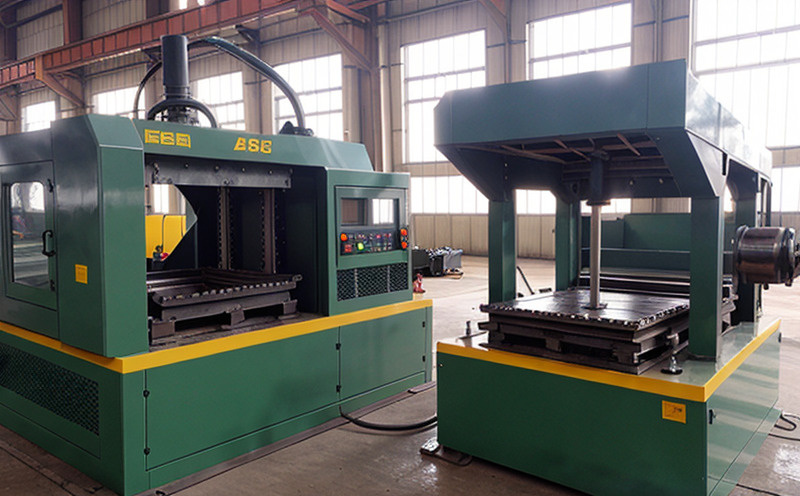ASTM A711 Grain Flow Testing of Forgings
The ASTM A711 grain flow testing method is a critical process in ensuring the quality and integrity of forged components. This test evaluates the grain structure orientation within a forging to ensure it aligns with the required mechanical properties specified by design engineers. Grain flow plays a crucial role in determining the fatigue strength, wear resistance, and overall performance of the part under stress.
The ASTM A711 standard specifies that the grains must be oriented along the direction of maximum loading to minimize stress concentration and enhance the fatigue life of the component. This is particularly important for high-stress applications such as aircraft parts, automotive components, and heavy machinery. The test requires precise specimen preparation and specialized equipment to achieve accurate results.
Specimen preparation involves selecting a representative sample from the forging that captures the grain flow characteristics throughout the cross-section. The specimen is then polished and etched with an appropriate solution to enhance visibility of the grain boundaries. This allows for detailed inspection under a metallographic microscope, which is essential for accurate evaluation.
The testing process itself involves careful observation of the grain structure orientation using a polarized light optical microscope. The results are compared against the specified ASTM A711 criteria to determine compliance. Any deviation from the required grain flow direction may indicate potential issues with the forging process or material quality, necessitating further investigation and corrective action.
Accurate grain flow testing not only ensures product safety but also contributes to cost savings by preventing rework and failures in critical applications. By adhering to ASTM A711 standards, manufacturers can enhance their reputation for producing high-quality components that meet stringent performance requirements.
Benefits
The implementation of ASTM A711 grain flow testing offers numerous benefits to industrial manufacturing and processing sectors. These include:
- Precision in Material Performance: Ensures that the grain structure aligns with design specifications, leading to optimal material performance.
- Enhanced Durability: Grain flow orientation can significantly impact the fatigue life of components, enhancing their durability and reliability.
- Cost Efficiency: By detecting issues early in the process, this test helps avoid costly rework and product failures.
- Compliance with Standards: Ensures adherence to international standards, which is crucial for global markets.
The use of ASTM A711 testing also supports continuous improvement in manufacturing processes by providing data-driven insights into the forging process. This information can be used to refine techniques and materials, leading to further enhancements in product quality and performance.
Customer Impact and Satisfaction
Customers of ASTM A711 grain flow testing benefit significantly from the enhanced reliability and performance of forged components. By adhering to this standard, manufacturers can:
- Meet Quality Expectations: Ensure that their products meet or exceed industry standards.
- Enhance Reputation: Gain a competitive edge by delivering high-quality, reliable products.
- Build Trust: Establish trust with customers who value product quality and safety.
The detailed reports provided through ASTM A711 testing offer valuable insights into the grain flow orientation of components. This transparency helps build long-term relationships based on mutual trust and reliability.
Use Cases and Application Examples
| Application Example | Description |
|---|---|
| Aircraft Engine Turbine Blades | Ensuring grain flow aligns with the high-stress loading conditions to enhance fatigue resistance. |
| Automotive Crankshafts and Camshafts | Maintaining proper grain orientation for improved wear resistance and durability. |
| Hydraulic Cylinders in Heavy Machinery | Avoiding stress concentration by aligning grains with the loading direction to increase service life. |
| Forged Components in Nuclear Reactors | Guaranteeing that grain flow is optimized for resistance to high-temperature and corrosive environments. |
| Application Example | Description |
|---|---|
| Forged Valves in Petrochemical Plants | Ensuring grain flow orientation minimizes stress and enhances the valve's ability to withstand harsh operating conditions. |
| Forged Connectors for Offshore Oil Platforms | Guaranteeing that grains are aligned with loading directions to prevent failure under extreme pressure. |
| Forged Parts in Military Aircraft | Maintaining grain flow orientation for optimal fatigue resistance and reliability in high-stress environments. |





